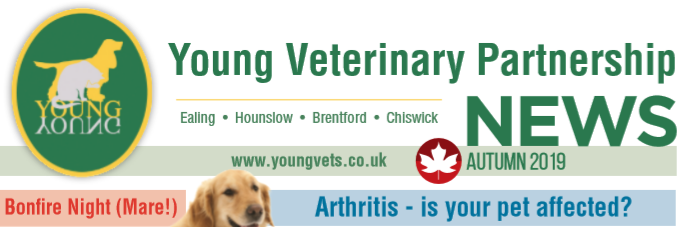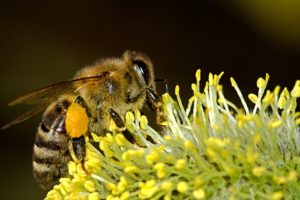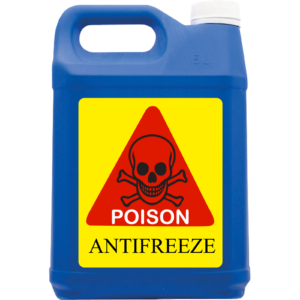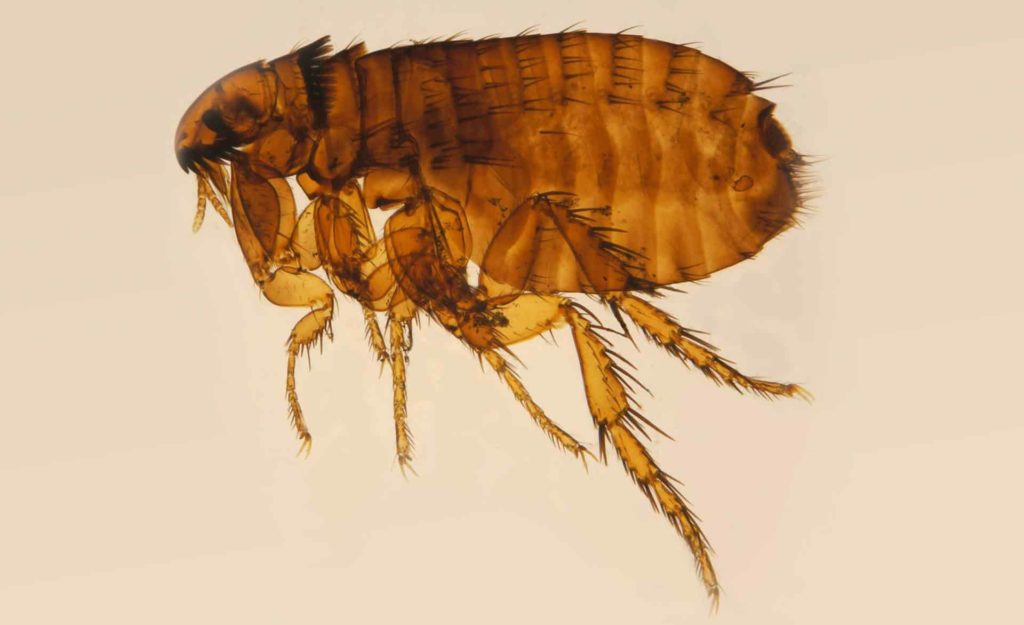
One, two, three – Flea
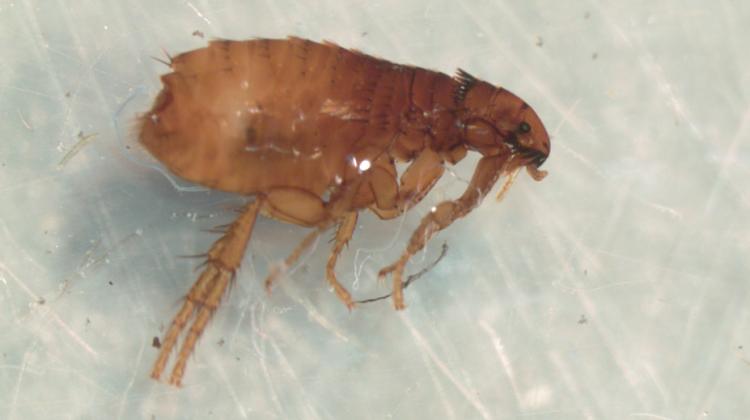
Broken down into four stages, the flea life cycle goes: egg, larvae, pupae and flea. The cycle is a bit like that of a butterfly, but the end result is nowhere near as beautiful. Only 5% of all the life cycle stages seen in your home are adult fleas. Often, by the time you spot an adult flea on your pup’s coat, chances are the next cycle of eggs have been laid and are ready to hatch.
Eggs
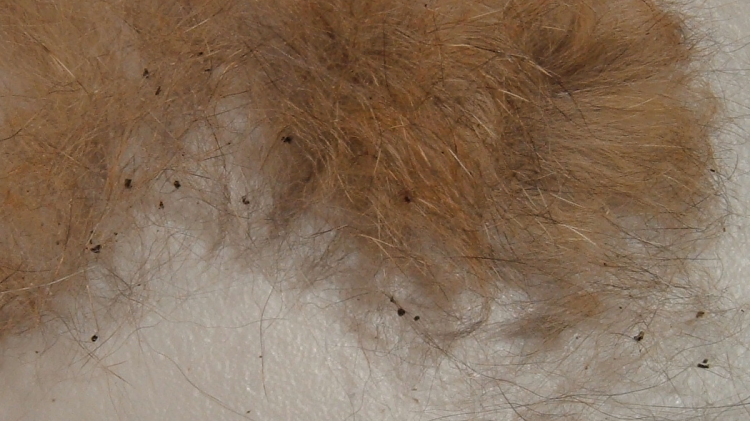
Flea Eggs
The female flea will typically lay between 20 to 40 tiny eggs per day, deep in your pet’s fur. The eggs are designed to fall swiftly onto carpets, blankets, the floor or wherever your pooch happens to have a rest or sleep. The flea is clever, it knows when your friend is having a nap and lays even more eggs then. The sand grain-sized spawn hatches any time between two days to two weeks, depending on how warm it is. Consequently, to prevent further build up, wherever your infested pup has been will need attention.
Larvae
A translucent organism emerges from the egg. It hates light, so buries deep down away from it and eats, amongst other things, pre-digested blood found in faeces. As uninvited guests go, the larvae are pretty unwelcome. Larvae makes up 35% of the flea population in an average household and spin their cocoon ready for the next stage within a 5 – 20 day period.
Pupae

Wrapped up in a sort of biological protective sleeping bag, the pupae is the last stage of development prior to the adult flea emerging. The pupae stage tends to last any time between a few days and weeks, though if the external environment isn’t warm enough for hatching, the cocoon can keep the flea protected and essentially gestating for up to a year.
Flea pupae are very sticky and tend to get wedged snugly into wherever the larvae has spun its cocoon (usually deeply embedded within carpets, rugs or furniture). Mere vacuuming won’t be enough to dislodge the critters from your furnishings. And as these pupae are so hidden, household sprays are not going to get at them. But don’t worry, we can still tackle the problem.
Adult flea

The adult flea must feed within the first few days of its life to survive. Attracted to body heat and movement, the flea will find a host as soon as possible to feed and, yes, carry on producing more eggs. Once a host has been found, adult fleas begin to feed within a few minutes and produce flea dirt, virtually undigested blood which is an essential food source for larvae. They have voracious appetites, an adult female flea can ingest about 15 times her body weight in blood meals in one go. Within 24 -36 hours adult female fleas begin to lay eggs, usually after each meal, uninterrupted, a single female flea can produce thousands of eggs.
What to do next?
Don’t panic – you’re not the only one with fleas in the house. It’s the most successful parasite of its type in the northern hemisphere and we have made homes that they love too! Sensible routine treatment with the right products at the right time will soon get these critters under control – but don’t expect them to disappear overnight. Take a leap to your local Young Veterinary Partnership to find out more about preventative methods to take flea-kind out of yours and your dog’s life.

